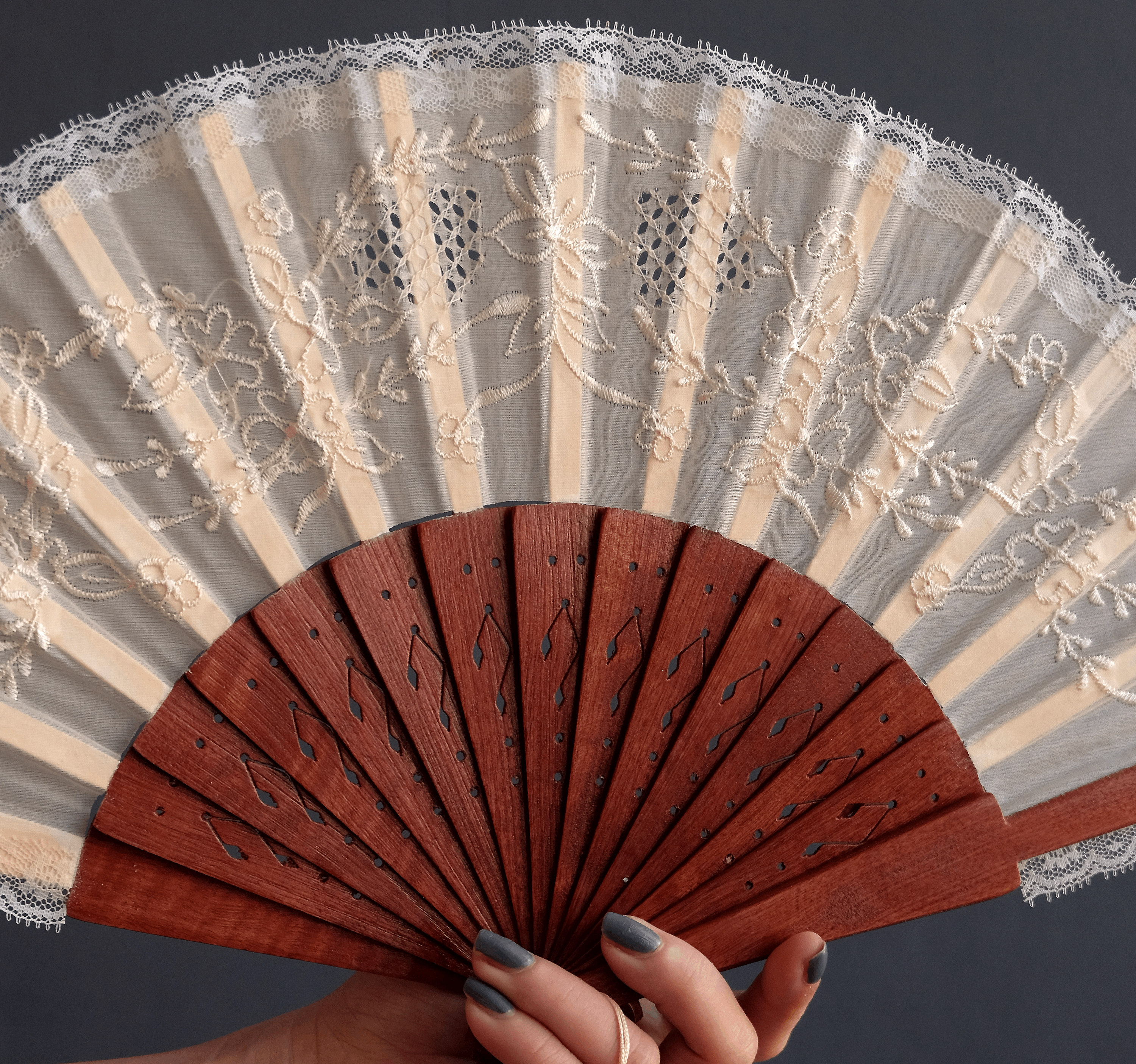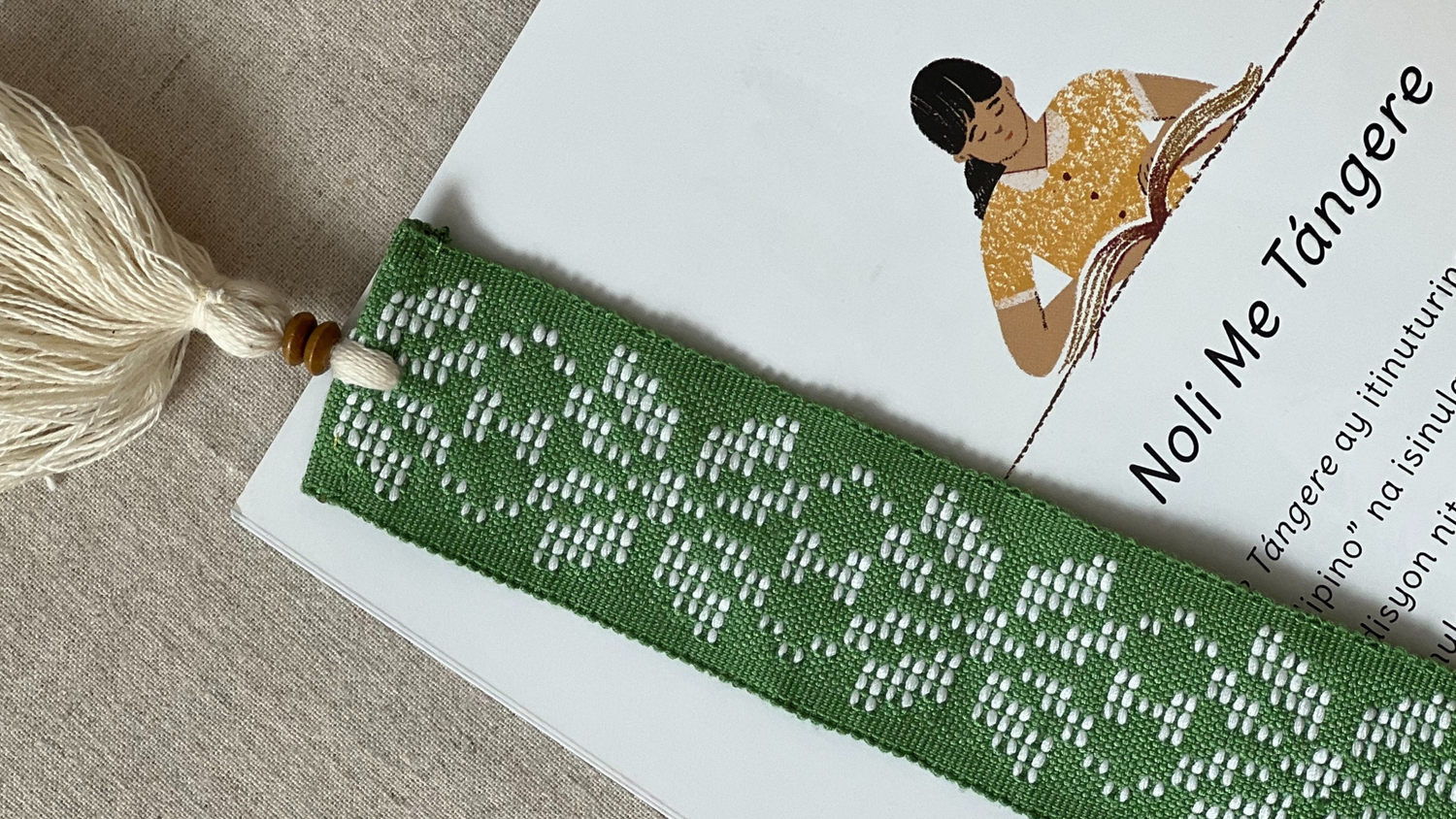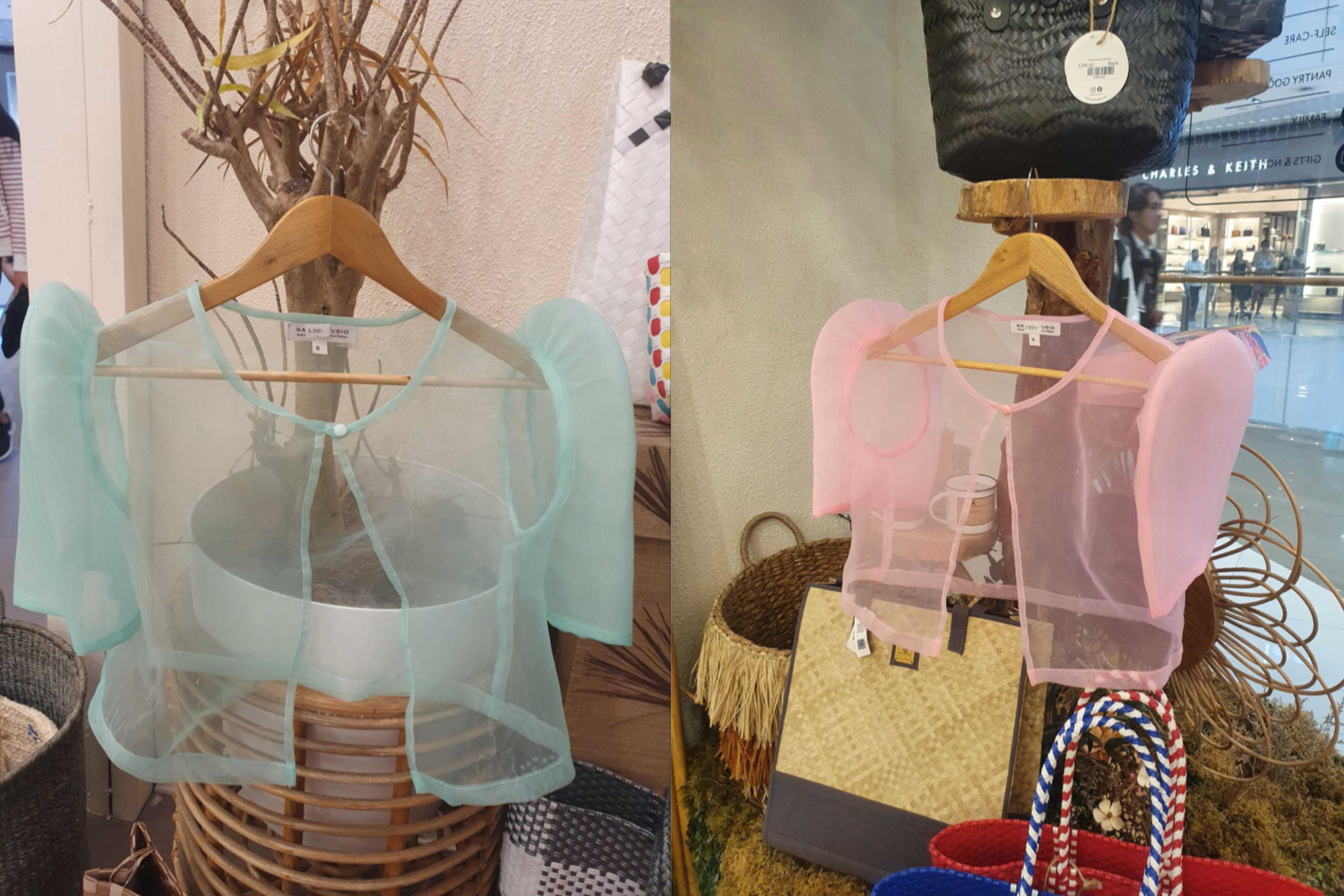By Andrea Mikaela Llanes
The art of embroidery or burda (pronunciation: boor-DA) in the Philippines dates back to the Spanish era, where young women were taught the skill either in school or as a hobby. Regarded as one of the country’s oldest crafts, burda is renowned for being intricate, durable, and timeless. More modern times have made way for machine-made embroidery.
Burda was once predominantly used for barong tagalog, which is a long-sleeved, formal men’s shirt. Different styles would be embroidered on to indigenous sheer fabrics known as nipis to add life to the clothing. Over time, burda has expanded to other articles of clothing and cultural Filipino artifacts – one such thing being the pamaypay (pronunciation: pa-MY-pie) or the Filipino hand fan.

Wooden hand fan ©️ Pixabay
The pamaypay is interchangeably referred to as abaniko, referencing the Spanish word of fan which is abanico, although abaniko is used to refer to another type of fan that is instead non-folding and made from weaving leaves. It rose in popularity during the Spanish occupation where it was considered a necessity in any Filipina’s ensemble, since it was commonly paired with the traditional womenswear of the baro’t saya or blouse and skirt. The traditional pamaypay is made of wood with carved details and the occasional fabric.
Aside from being a way to cool down, the pamaypay played a significant role in how ladies would discreetly communicate with suitors. This is because the Spanish prioritized women’s modesty and propriety in courtship. That’s how the pamaypay became a means for men and women to exchange messages despite the presence of chaperones.
Some examples of “fan language” would be dangling the pamaypay from one's right hand or fanning slowly. Doing so would mean “I already have a significant other” and “I’m not interested in you,” respectively. Filipino women conveyed their feelings with a dozen other gestures, all with their trusty pamaypay.

Woman with embroidered hand fan ©️ Jawm Ling
The art of Filipino embroidery, including that of the pamaypay, lives on thanks to the tireless work of locals. This rings true particularly for embroiderers from the Philippine town of Lumban in the province of Laguna. Known as the “Hand Embroidery Capital of the Philippines,” Lumban has established its quality craftsmanship through each story weaved in their threads. Locals of Lumban learned embroidery during the Spanish colonial period, when it was first introduced. Over time, the town has developed its own style of craftsmanship, making it distinct across the globe.
Skilled artisans have defined the modern burda by combining tried and trusted motifs with the latest elements and symbols. Geometrical patterns, leaves, and florals help the past and the present meet halfway as each stitch is embedded into the Filipino hand fan.
Communicating via pamaypay may now be a thing of the past, but it doesn’t mean the accessory has faded into obscurity. The pamaypay remains part of Filipinos’ everyday use for men and women battling warm, sunny days. More contemporary versions of the pamaypay boast of tasteful hand embroideries that beautifully match modern Filipinana wear. Nowadays, there is a pamaypay for every occasion; be it a wedding, a party, or a cultural festival. It's even handed out as a wedding favor, giveaway, or souvenir given the quality of the material and the purpose that it serves.

A modern rendition of the pamaypay in Filipino media ©️ Maria Clara at Ibarra
We are proud to offer a selection of embroidered pamaypay, lovingly handmade by the talented craftspeople of Lumban. Made with white and ivory white fabrics, our pamaypay feature lace accents and floral embellishments. The fans are finished off with dainty, detailed wooden handles. These timeless accessories are the perfect accompaniment to modern Filipiniana.

White Embroidered Pamaypay

Embroidered Pamaypay
If you’re looking for a piece of Filipino culture to bring with you anywhere you go, our pamaypay may be the best choice for you. Whether used for oneself or shared with family and friends, the embroidered pamaypay is a sophisticated way to beat the heat while honoring Filipino craftsmanship.





